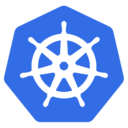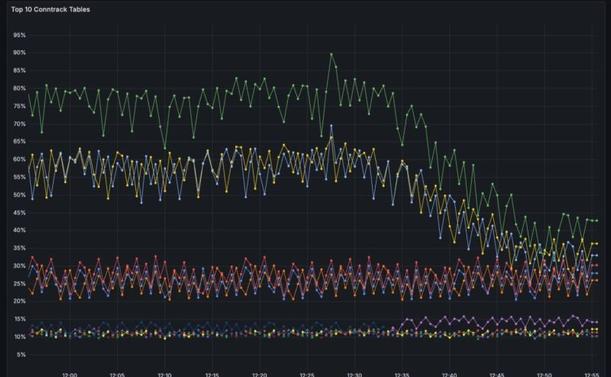
---
Promtail has been deprecated and is in Long-Term Support (LTS) through February 28, 2026. Promtail will reach an End-of-Life (EOL) on March 2, 2026. You can find migration resources here.
---
OC: https://grafana.com/docs/loki/latest/send-data/promtail/stages/timestamp/







 v1.34.0-alpha.0
v1.34.0-alpha.0 



